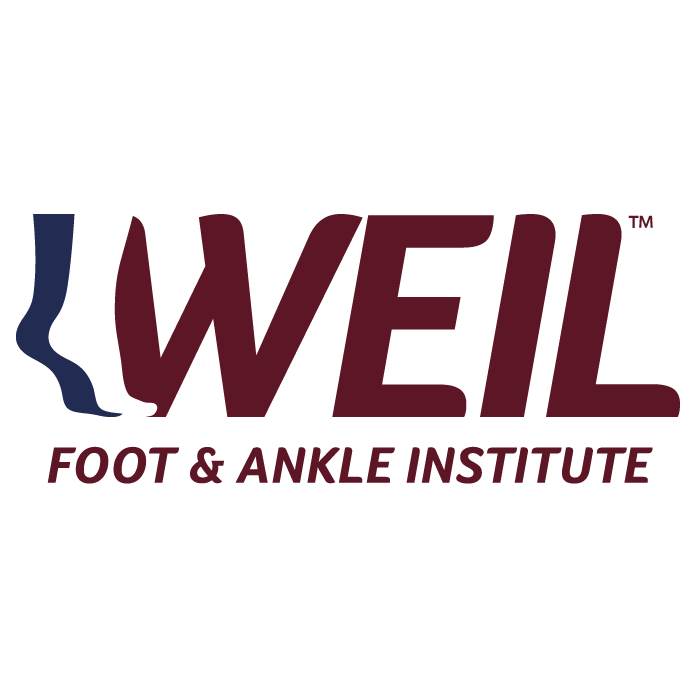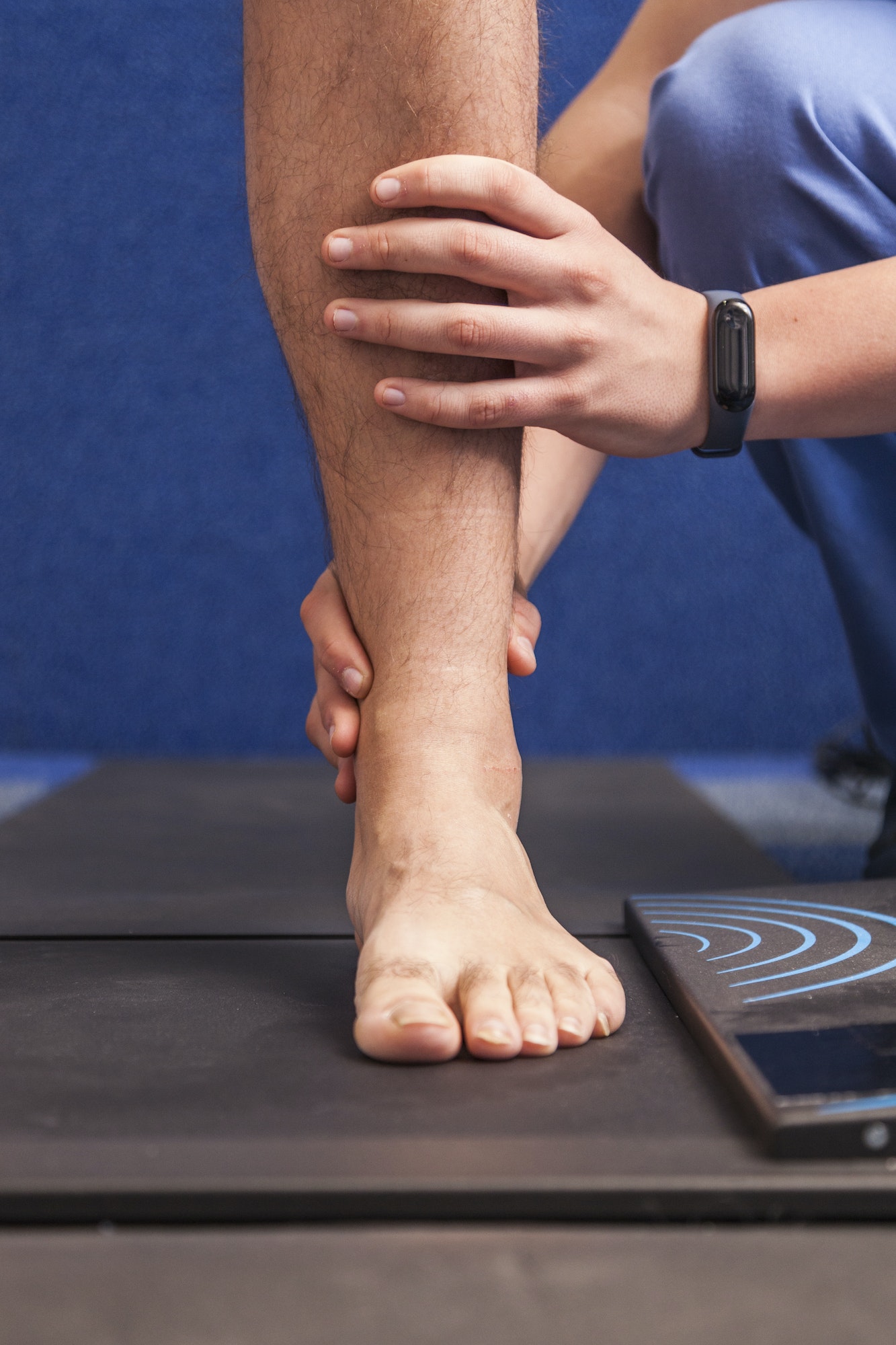Table of Contents
Heel pain after exercising is one of the most common issues that we hear about from our patients. While some heel pain after exercising may occur because those muscles and joints are being used after a period of inactivity, persistent heel pain can become increasingly bothersome. Ongoing pain can get in the way of your ability to do the things you love and could be a warning sign about your foot health. At Weil Foot & Ankle Institute, we believe it is important for our patients to understand what may be causing heel pain after exercising and a few tips for reducing that pain.
Keep in mind, the tips we mention here aren’t designed as long-term solutions. These tips are recommended to help with short-term heel pain that goes away after a few days. If your pain is persistent or gets worse over time, then you should reach out to your podiatrist right away. We will let you know if there is anything you should be concerned about.
What Causes Heel Pain After Exercising?
There are a number of reasons that you may be experiencing heel pain after exercising. It’s not uncommon for new exercises to put some strain and stress on your heel. However, persistent pain could be a sign of plantar fasciitis or other painful foot conditions. This condition occurs when too much pressure is placed on the band of connective tissue that runs along the bottom of your foot. When you first start exercising, too much stress can cause that tissue to break down and tear. This creates a significant amount of pain that may worsen over time.
Other common reasons for heel pain after exercise may be due to sprains, strains, or another injury. Sometimes, people aren’t aware of an injury when it occurs, but continuing to put pressure on that area can make an injury even worse. If you have heel pain that lasts longer than a few days, then you may need to schedule an appointment with a podiatrist. You certainly don’t want to ignore the issue as it could lead to more severe problems later on.
Take Plenty of Breaks
Foot Stretches
Another helpful idea may be starting and ending your exercises with a few good foot stretches. Oftentimes people forget the importance of stretching, but it can definitely make all of the difference when it comes to muscle pain. These stretches don’t have to be complex. In fact, you can easily do small stretches like bending your toes, moving your foot backward and forward, and gently pressing your heels into the ground to give your feet, heels, and calves a good stretch before and after your workout. You should also try to continue doing foot stretches throughout your day. Most professionals recommend stretching your feet for a few seconds multiple times per day. Y0u can even use a towel or belt to get a deeper stretch. Your podiatrist can provide additional pointers for foot stretches that may work for you.
Wear Proper Shoes
Choosing the right shoes is always important when it comes to foot health. It is imperative if you plan on exercising. Choose shoes that fit well and provide proper support. Wearing ill-fitting shoes is not only uncomfortable, but it could also lead to other problems. Keep in mind; not all shoes fit the same, so don’t assume that you’re the same size in every style or brand.
Sometimes athletic shoes fit a little differently than day-to-day shoes. If you are unsure of your proper size for athletic shoes, take the time to have your foot measured by a professional. For added comfort, you may want to consider the type of materials of your shoes and whether or not they are appropriate for your activities. Seek brands of shoes that are designed for your exercises. Usually, these types of shoes come with adequate support. If you’re unsure if you’re wearing the proper shoes for your activities, you can ask your podiatrist to take a look.
Inserts
The best-fitting shoes may not always be enough support for some people. Inserts are an excellent option for giving you that little extra support you need during exercises. Many patients indicate that wearing foot inserts during physical activity helps reduce foot and heel pain. If you’d like to know if you’re a good candidate for shoe inserts, then be sure to schedule an appointment with your podiatrist. We can evaluate your foot and determine if shoe inserts are right for you.
Soak Your Feet
Massage
Medications
Don’t Push It
When To See A Doctor
If your pain continues, then you should absolutely talk to a doctor right away. You don’t want to ignore it as this could be a sign of a more serious problem. Your podiatrist could easily take a look and let you know if the heel pain you are experiencing is normal or not.
The tips listed here are helpful for reducing heel pain after exercising. However, none of the tips are recommended for long-term pain. If your heel always hurts after exercise, then it may be time to talk to a podiatrist. You could have a foot condition or have an injury. Either way, you want to be sure that you address any underlying issues so that you don’t further damage your feet. As always, if you simply aren’t sure if your heel pain is normal, you can always reach out to your podiatrist for more information.
Contact Us for Your Foot Health Needs
Nobody should have to live with chronic foot pain. While many of these tips will reduce normal heel pain that occurs when you start a new workout program, ongoing pain could be a sign of a serious problem. Please don’t hesitate to reach out to us with any of your foot or ankle concerns. Our dedicated staff is always here to answer your questions and create a customized treatment plan that works for you.
At Weil Foot & Ankle Institute, we always encourage our patients to learn as much as they can about foot health. If you notice that you have persistent heel pain after exercising, don’t hesitate to reach out to us. Our dedicated staff is happy to give you an exam and identify any other concerns. You can schedule your appointment online or contact our office today, call us to schedule your next appointment. We look forward to working with you!

Meet Weil Foot & Ankle Institute
By: Weil Foot & Ankle Institute, Published: Feb 26th, 2021
Review By: Kristin Abruscato DPT – Jan 19th, 2023


